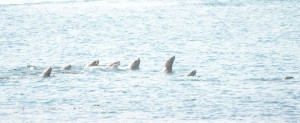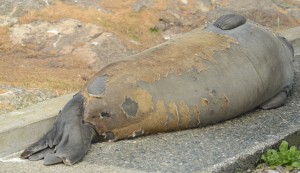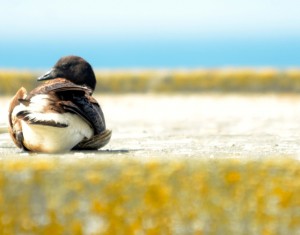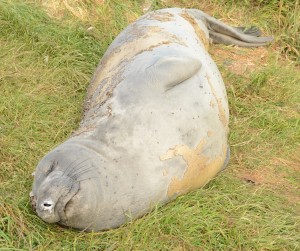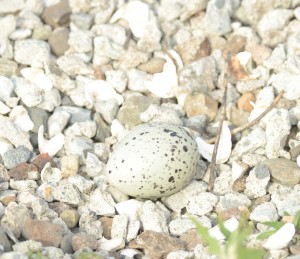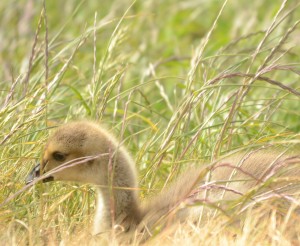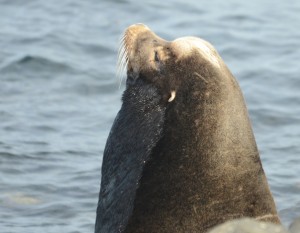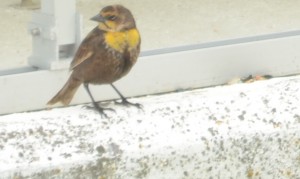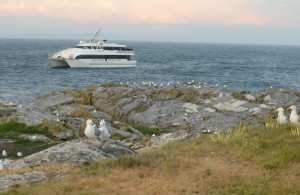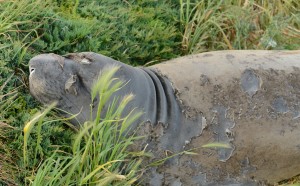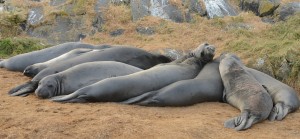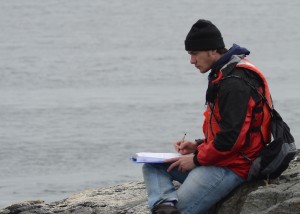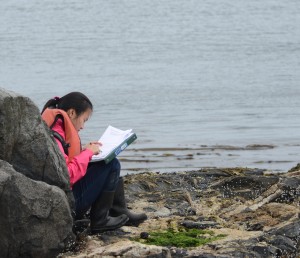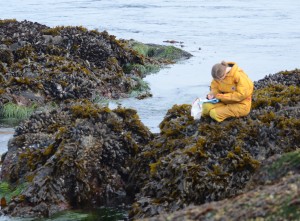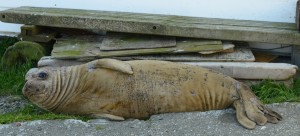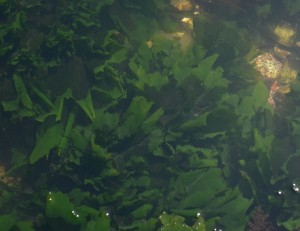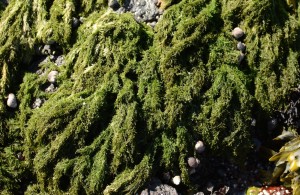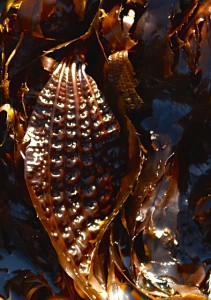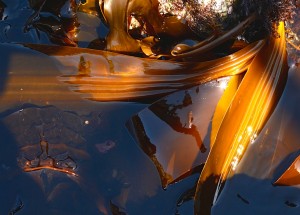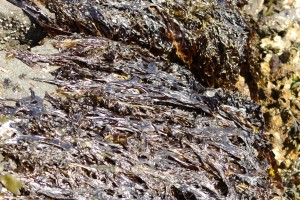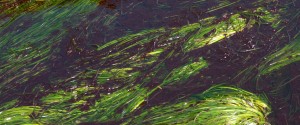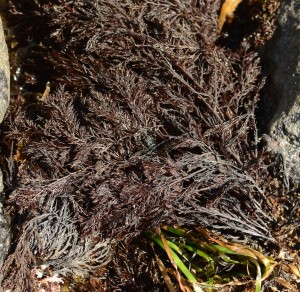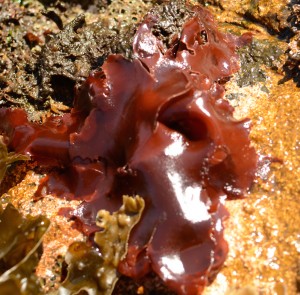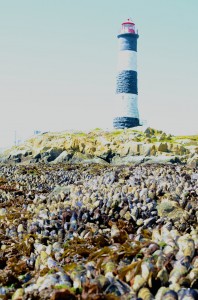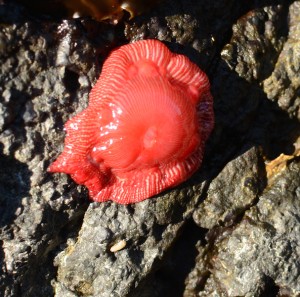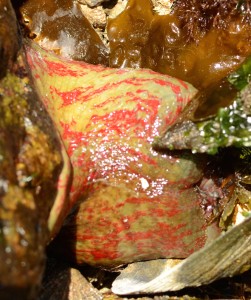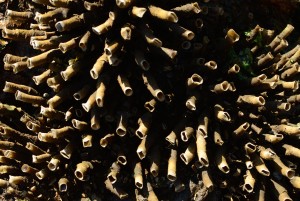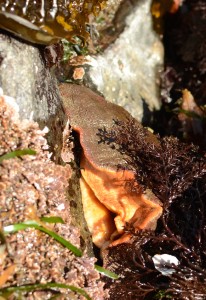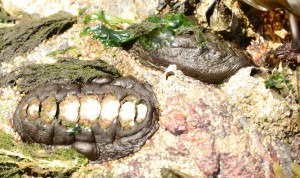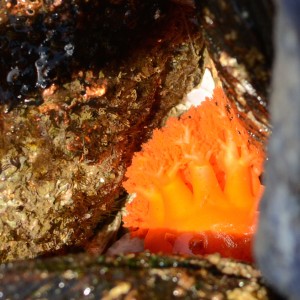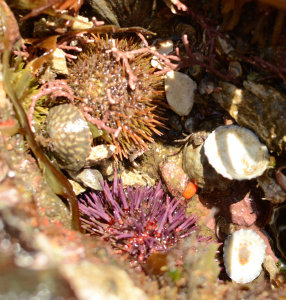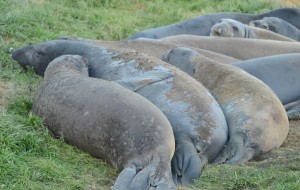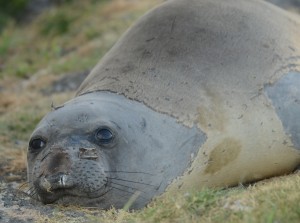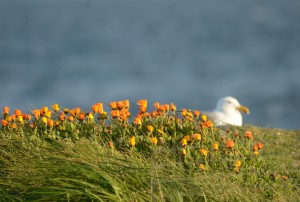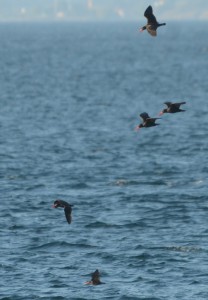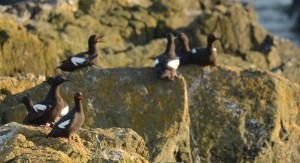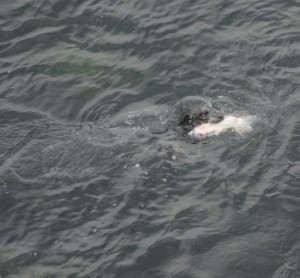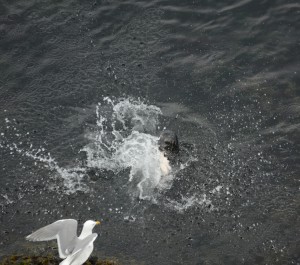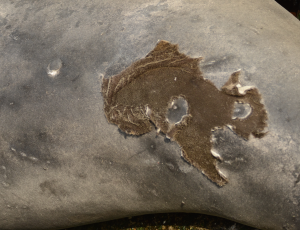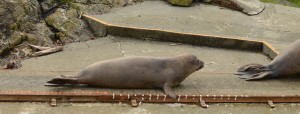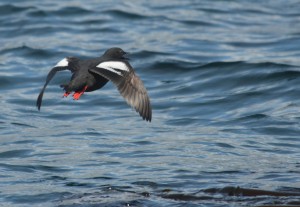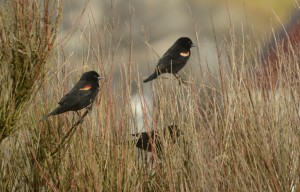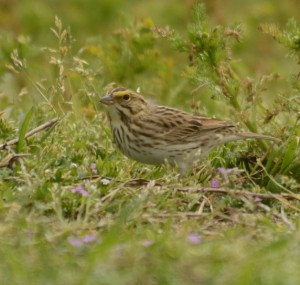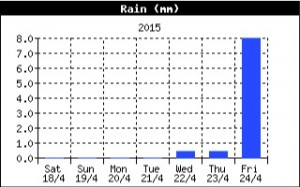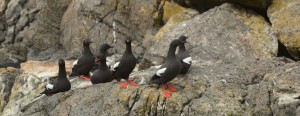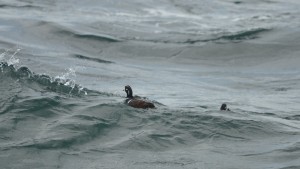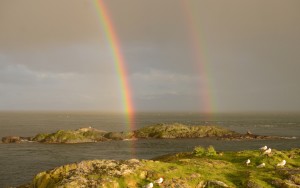Winds were calmer today and came from the same general direction, ranging from west to southwest, at a respectable 10 to 20 knots for most of the day. The speed picked up at bit in the evening, pushing behind the first Swiftsure sailboat back with 25 to 30 knots. The sky was partially overcast for much of the day but it was bright and sunlight levels were energetic. The barometer continued its climb started late Thursday, peaked late in the afternoon, and started the inevitable slide back down. The forecast is calling for more wind this evening and more of the same tomorrow.
There were a lot of vessels, all around Race Rocks today as the Swiftsure Sailing Race passed by, mid-morning and began returning in the evening. None of the sailboats in the race were observed within the Ecological Reserve although a few were drawn close to North Rocks by the currents. Six whale watching boats were noted working in the Ecological Reserve in the morning and one in the afternoon. The usual Saturday dive charter tended a group of divers off South Islands.
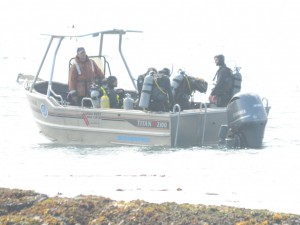
Divers enjoy the incredible biodiversity underwater at Race Rocks. The Ecological Reserve includes the creatures on the bottom, so it is a sustainable diver destination with responsible operators like Ogden Point Diving gate-keeping.
The Northern Elephant Seal moult continues, as does mating, nest building, laying and incubating by Black Oystercatchers. The Pigeon Guillemots and Glaucous-winged Gulls are not far behind and the Canada Geese are way out ahead with some gaggles of goslings already larger than chickens.
Skin samples and vibrissae were collected today, from the ground where moulting animals had been lying. Luckily they leave and go for a swim once and a while, so this is a non-invasive way to take a sample. The hope is that funds for isotopic analyses can be found. Information generated by these analyses will give information about diet and trophic level and could be particularly meaningful for tagged animals, for which there is already baseline data. Some of these animals, such as 5850, also had a satellite tag earlier in its life. There is very little information published on the only Northern Elephant Seal colony in Canada.
A single Brant visited today, stopping off on the helicopter-pad to have a rest and preen. Oddly enough the gulls were not that welcoming. It didn’t stay long enough for the Canada Geese to notice.
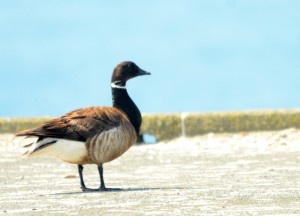
Black brant goose makes a landing on the heli-pad. It has a long way to fly before it nests in the tundra of the high arctic.
There were no visitors today and chores were routine, of the entropy defying type. Solar power was used to run the desalinator and make lots of fresh water today in spite of clouds.

